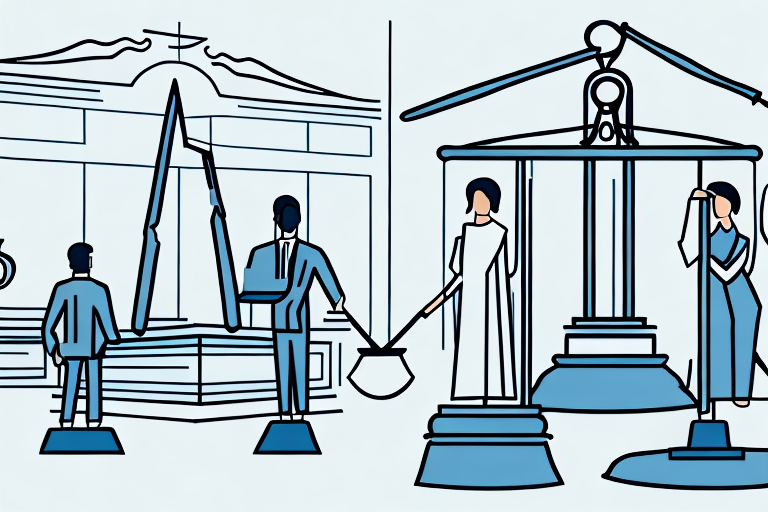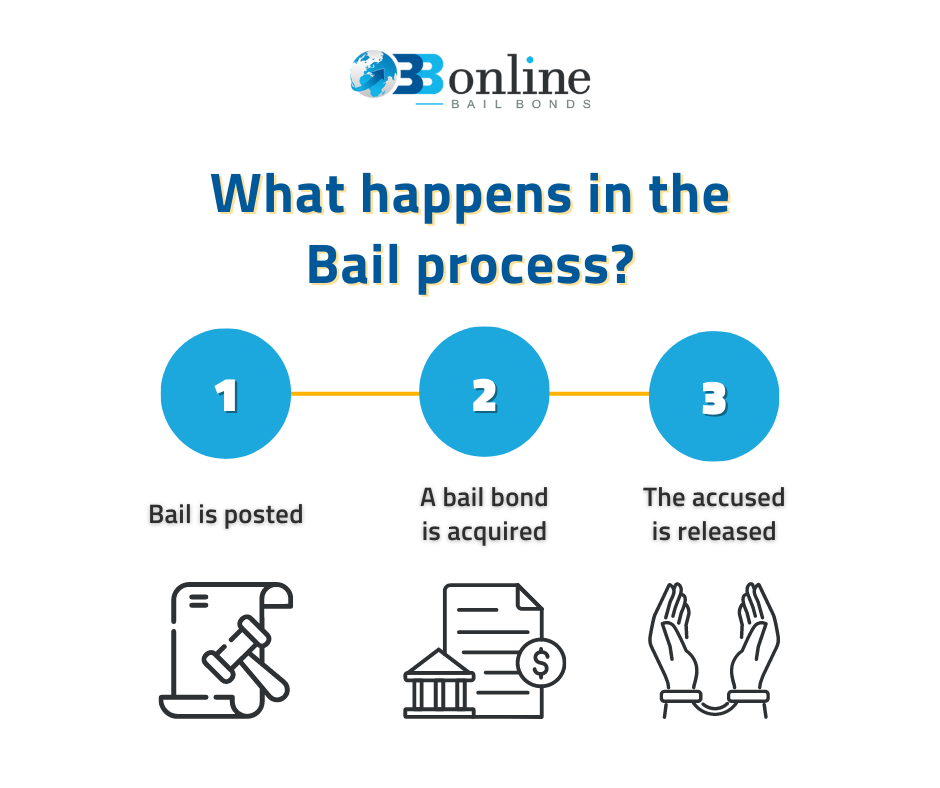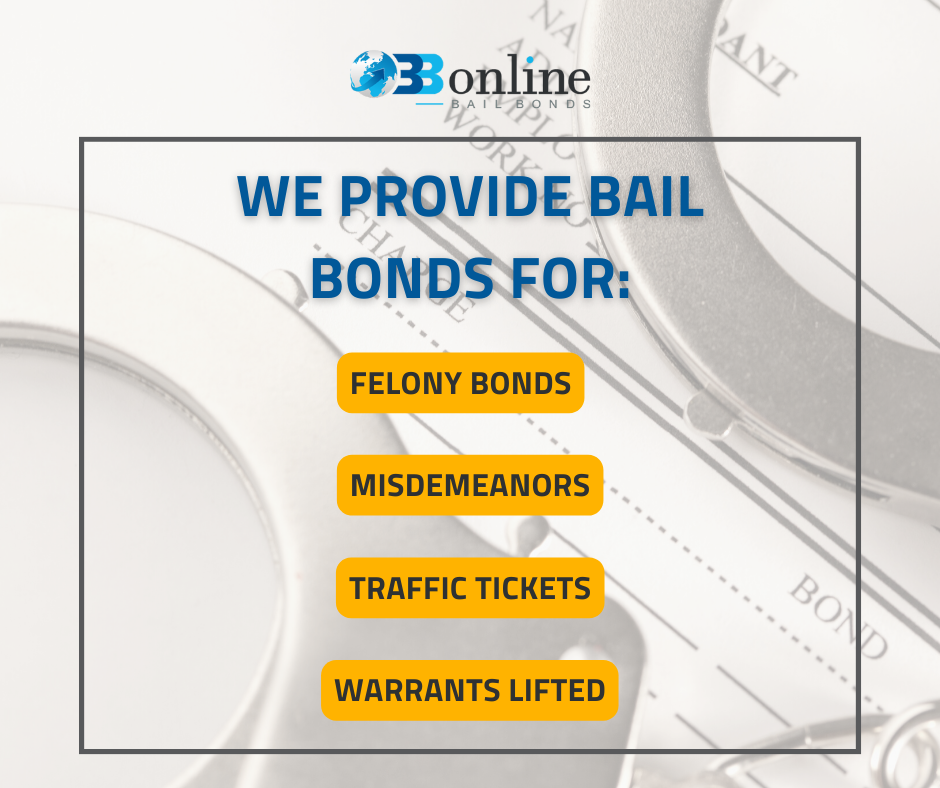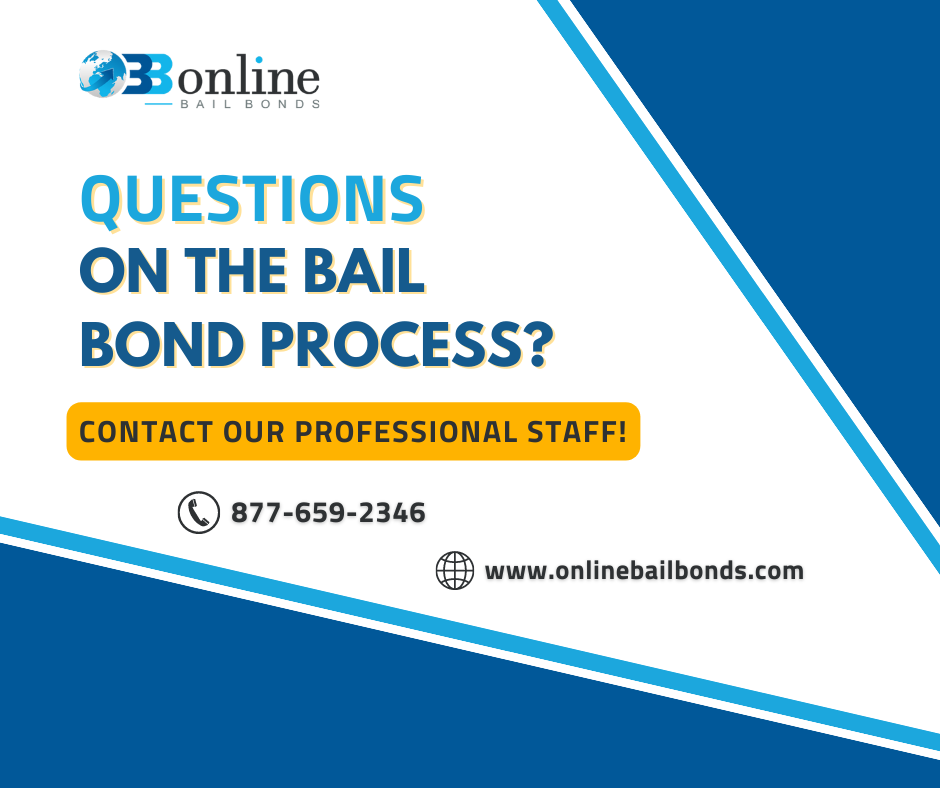Bail vs. Bond: What’s the Difference?

Table of Contents
- Bail vs. Bond: What’s the Difference?
Bail vs Bond
When someone gets arrested, they may be offered the option of posting bail or bond. But what exactly are bail and bond, and what is the difference between the two?
You can jump to the FAQ section directly below:
Frequently Asked QuestionsUnderstanding the Basics
Both bail and bond are forms of collateral that a defendant can put up to gain temporary release from jail while awaiting trial. The purpose of bail and bond is to make sure that the defendant shows up for their court hearing. However, there are some differences between the two.
When a defendant is arrested and charged with a crime, they might be held in jail until their court hearing. This can take weeks or even months, and it can obviously be a stressful and difficult time for both the defendant and their friends and family. Bail and bond are two options that can help the defendant get out of jail, to focus on what’s important, while they wait for their trial.
Definition of Bail
Bail is an amount of money that a defendant must pay to the court to secure their release from jail. The bail amount is set by the court based on the severity of the crime, the defendant’s criminal history, and other factors. If the defendant shows up for their court hearing, the bail is returned to them, minus some fees that the court might issue.
For example, if a defendant is charged with a misdemeanor offense, the bail amount might be set at $1,000. If the defendant pays the $1,000, they can be released from jail until their court hearing. However, if the defendant fails to show up for their court hearing, they forfeit the bail money and a warrant is issued for their arrest.
Definition of Bond
A bond is a surety agreement between the defendant, a bail bond agent, and the court. Instead of paying the full bail amount, the defendant pays a fee to the bail bond agent, who then posts a bond with the court. If the defendant fails to appear in court, the bail bond agent is responsible for paying the full bail amount.
For example, if a defendant’s bail is set at $10,000, they may not have the full amount to pay the court. Instead, they can pay a fee, usually around 10% of the bail amount, to a bail bond agent. The bail bond agent then posts a bond with the jail for the full bail amount. It’s the defendants responsibility to attend all court dates and If the defendant fails to show up for their court hearing, a warrant may be placed for the their arrest.
It’s important to note that if a defendant uses a bail bond agent, they will not get the fee back. This fee is the cost of the bail bond agent’s services.
Overall, both bail and bond are options for defendants who want to be released from jail while they await their court hearing. However, it’s important to understand the differences between the two and the potential costs involved.
Key Differences Between Bail and Bond
While bail and bond both serve the same purpose, there are significant differences between the two. It is important to understand the differences so that you can make an informed decision if you or a loved one ever find yourself in a situation where you need to post bail or obtain a bond.
Financial Implications
One of the primary differences between bail and bond is the financial implications. With bail, the defendant must pay the full amount upfront, either in cash or through a bail bond agent. This means that if the bail is set at $10,000, the defendant must pay $10,000 in order to be released from jail.
With a bond, the defendant only pays a fraction of the bail amount as a fee to the bail bond agent. This fee is typically 10% of the total bail amount. So, if the bail is set at $10,000, the defendant would only need to pay $1,000 to the bail bond agent in order to be released from jail.
It is important to note that the fee paid to the bail bond agent is non-refundable, even if the defendant is found not guilty or the charges are dropped.
Involvement of Third Parties
A big difference between bail and bond is the involvement of third-party bail bond agents. With bail, the defendant can pay the full amount themselves, but with a bond, a third-party bail bond agent is involved.
The bail bond agent acts as a surety, agreeing to pay the full bail amount if the defendant fails to appear in court. In exchange for this service, the defendant pays a fee to the bail bond agent.
The bail bond agent may want the defendant to have a co-signer who can provide collateral or cash on the defendant’s behalf. This co-signer may have to pay a portion of the bond amount or put up something as collateral, a bail agent would have more information on co-signer needs.
It is important to note that if the defendant fails to appear in court, the bail bond agent may hire a bounty hunter to locate and return the defendant to custody.
Timeframe and Process

There are also differences in the timeframe and process involved with bail and bond. With bail, the defendant can be released from jail immediately after payment. This means that if the defendant has the funds available, and they can prove where the money came from, upon jails approval a defendant can be released on jail release hours.
With a bond, there are several factors that would be different in the bail timeline. A Bail Bondsman would need to process the bail application and go through the approval process. Once approved a bondsman will post bail at the jail and the defendant can be released on jail release hours.
It is important to note that if the defendant is unable to pay the full bail amount, obtaining a bond may be the only option for release from jail.
Conclusion of Differences
While bail and bond may seem similar, there are significant differences between the two. Understanding these differences can help you make an informed decision if you or a loved one ever find yourself in a situation where you need to post bail or obtain a bond.
It is important to remember that both bail and bond are legal agreements, and failure to comply with the terms of the agreement can result in serious consequences, including arrest and the loss of any funds paid.

Types of Bail and Bond
When a person is arrested and taken into custody, they have the option to secure their release from jail by posting bail or bond. Bail is a sum of money that the defendant pays to the court as a guarantee that they will appear in court for their trial. If the defendant fails to appear in court, the bail money is forfeited to the court. However, there are several types of bail and bond that a defendant can use to secure their release from jail. These include:
Cash Bail
Cash bail is the most straightforward type of bail. A defendant can pay the full bail amount in cash to the jail to secure their release. The jail will hold onto the bail money until the defendant appears in court for their trial. If the defendant appears in court as required, the bail money will be returned to them at the end of the trial.
However, not everyone can afford to pay the full bail amount in cash. This is where other types of bail and bond come into play.
Surety Bond
A surety bond is a type of bond that a bail bond agent can post with the jail on the defendant’s behalf. The bail bond agent will typically require collateral from the defendant, depending on the bail amount, to secure the bond.
It’s important to note that if the defendant fails to appear in court, the bail bond agency will go to great lengths to ensure that the defendant appears in court as required.
Property Bond
A property bond is another type of bond that a defendant can use to secure their release. Instead of paying cash, the defendant can use property as collateral to secure their release. For example, they may put up their home as collateral. If the defendant fails to appear in court, the court can seize the property to satisfy the bail amount.
Please realize that obtaining a property bond can be more complicated than other types of bail and bond, and not all surety companies accept property bonds.
Personal Recognizance
In some cases, a defendant may be released on their own recognizance, meaning they do not have to pay bail or bond, but must promise to appear in court. This type of release is typically reserved for defendants who are not considered a flight risk and who have strong ties to the community.
It’s important to note that if a defendant is released on their own recognizance and fails to appear in court, they can be charged with a separate crime and may be subject to arrest.
Overall, there are several types of bail and bond that a defendant can use to secure their release from jail. Each type of bail and bond has its own advantages and disadvantages, and it’s important for defendants to understand their options and choose the type of bail or bond that is best for their situation.
Factors Affecting Bail and Bond Amounts
Being arrested and charged with a crime can be a stressful and overwhelming experience. One of the most pressing concerns for many defendants is the amount of bail or bond that they will have to pay in order to secure their release from jail. The amount of bail or bond required is determined by several factors, including:
Severity of the Crime
The severity of the crime that a defendant is charged with is one of the most significant factors that influences the amount of bail or bond that they will have to pay. More serious crimes, such as murder or armed robbery, typically require higher bail or bond amounts than less serious offenses, such as disorderly conduct or traffic violations.
Criminal History
Another factor that can affect the amount of bail or bond required is the defendant’s criminal history. If the defendant has a prior criminal record, especially if they have a history of failing to appear in court or violating the terms of their release, the bail or bond amount may be higher. This is because the court may view the defendant as a greater flight risk.
Flight Risk
The court will also consider whether the defendant is a flight risk when determining the amount of bail or bond required. If the court believes that the defendant is likely to flee the jurisdiction or not appear in court, they may require a higher bail or bond amount in order to ensure that the defendant will return for their trial. Factors that may contribute to a higher flight risk include the defendant’s lack of ties to the community, their access to financial resources, and the severity of the charges against them.
Community Ties
On the other hand, if the defendant has strong ties to the community, such as family or a job, this may help lower the bail or bond amount. This is because the court may view the defendant as less of a flight risk if they have significant connections to the community and are therefore more likely to return for their trial.
It is important to note that the amount of bail or bond required is ultimately up to the discretion of the judge. While these factors can help to guide the judge’s decision, there is no set formula for determining bail or bond amounts. If you or a loved one has been arrested and is facing criminal charges, it is important to consult with an experienced criminal defense attorney who can help you navigate the bail and bond process and work to secure the most favorable outcome possible.
Bail vs. Bonds Conclusion
Bail and bond play crucial roles in helping defendants secure their release from jail as they await trial. Although they share the same goal, significant differences exist between the two, and various factors determine the required payment. If you or a loved one face criminal charges, Contact one of our Bail Bondsman who are available 24/7.

Frequently Asked Questions
The decision to choose bail or bond will depend on several factors, such as the severity of the crime, your financial situation, and the specific requirements of your case. A qualified attorney or bail bondsman can help you understand your options and choose the right option for your needs.
When you use a bail bondsman, you will typically be required to pay a fee (usually 10% of the bail amount). If you fail to appear in court, the bail bondsman may be authorized to apprehend you and bring you to court. Additionally, if you fail to meet the terms of your bond agreement, the bail bondsman may take legal action to recover the bond amount and any associated fees or penalties.
No, you do not need a lawyer to post bail or bond. However, it’s recommended that you consult with a criminal defense attorney to understand your rights and options. An attorney can also help you navigate the legal system and ensure that your rights are protected throughout the bail or bond process.
In some cases, you may be able to use a credit card to pay for bail or bond. However, this will depend on the policies of the jail or bail bondsman, as well as your own credit history and credit limit. At Online Bail Bonds we can offer 0% interest as an option, for example.
If you fail to appear in court, the bail or bond may be forfeited, and a warrant may be issued for your arrest. This can result in additional charges and penalties.
Helpful Resources:
If you’re considering posting bail or obtaining a bond, it’s important to understand the differences between these legal options. A qualified attorney or bail bondsman can help you navigate the legal system and choose the right option for your needs.
One helpful resource to consult is the official website of the National Association of Bail Bondsmen, which provides a wealth of information on the bail bond industry and can help you find a reputable bail bondsman in your area. Additionally, the United States Department of Justice offers helpful resources on criminal justice and legal issues, including information on bail and bond.
It’s also important to consult with a qualified criminal defense attorney, such as a member of the American Bar Association. They can help you understand your rights and options, and provide valuable legal representation throughout the bail or bond process.
If you’re considering a bond, it’s important to work with a bail bondsman who specializes in different areas. You can contact one of our bail bondsman which can offer helpful information on the bail process.
Ultimately, the right option for you will depend on your specific circumstances and the requirements of your case. By working with qualified professionals and consulting reputable resources, you can make an informed decision and ensure that your rights are protected throughout the legal process.